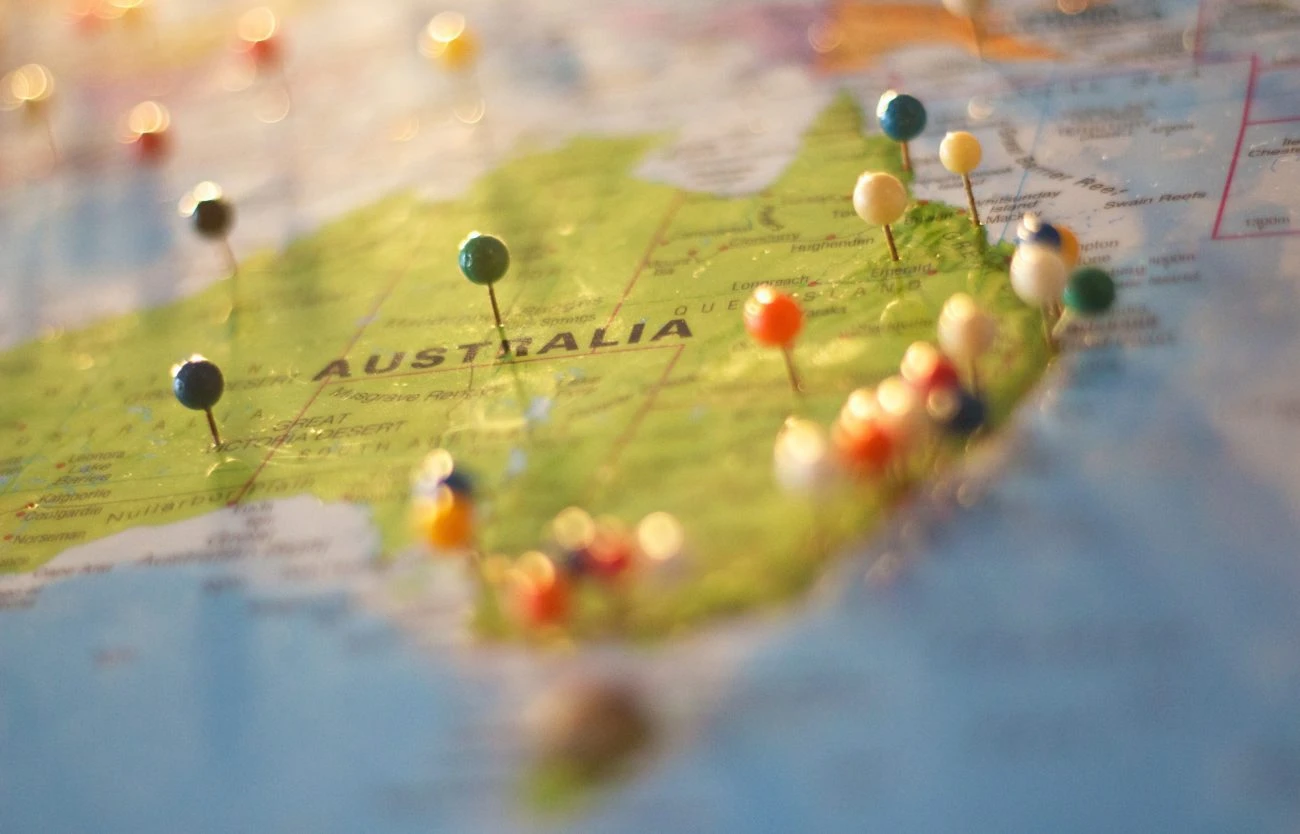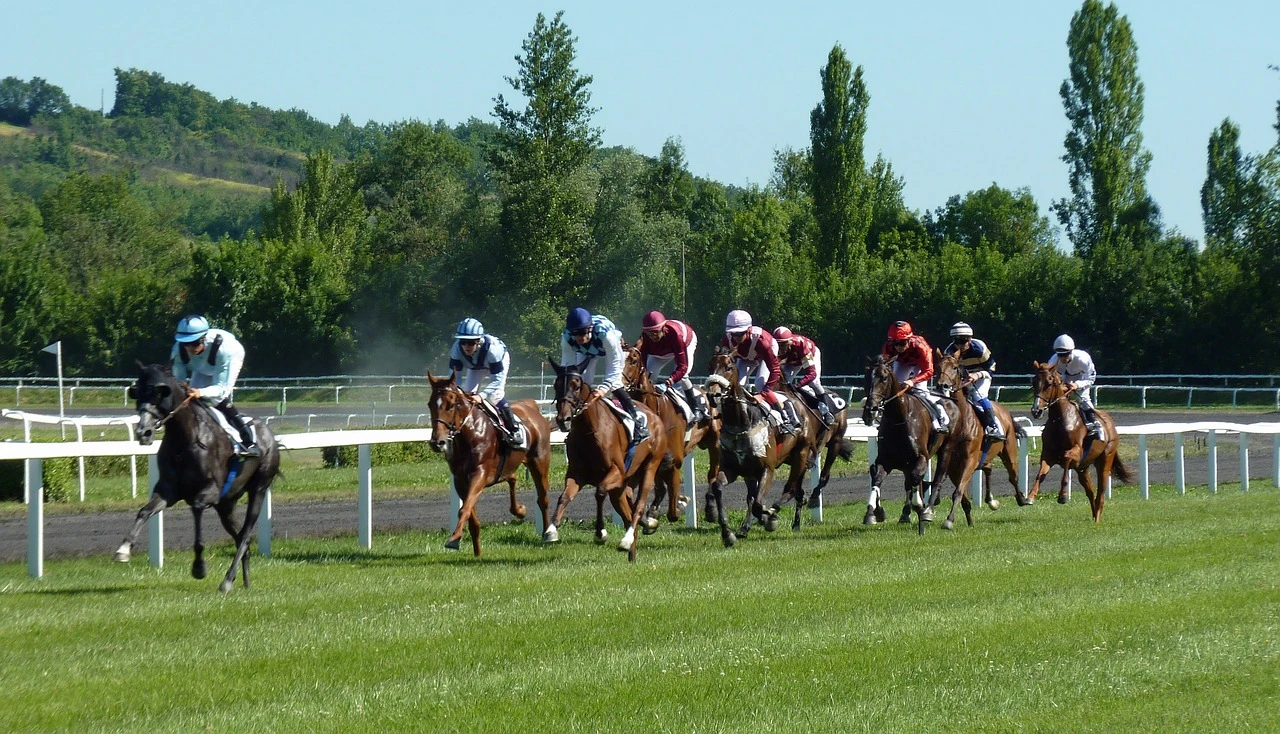Impairment charges push Tabcorp to AU$641.7 net loss in H1

For the six months to 31 December, revenue at Tabcorp was only slightly lower at $1.21bn, down 5.1%. However, increased operating costs and impairment charges in H1 led to the operator posting a heavy loss.
Impairment charges amounted to $852.0m during the period. Some $639.2m relates to the write-down of certain NSW and South Australia and the other $212.8m to goodwill.
In total, impairment charges for the NSW and South Australia wagering assets amounted to $731.9m after tax. Tabcorp says these reflect softness in the Australian wagering market, the impact of higher interest rates on discount rates and higher taxes in NSW.
However, Tabcorp added that these charges do not reflect potential for upside from licence reform in NSW and South Australia, if it were to occur in line with its TAB25 strategy in the two states.
Tax refund and Victoria licence extension
Despite the net loss, there was some positive news for Tabcorp during H1. In September, the operator resolved a tax dispute with the Australian Taxation Office (ATO), with the business set to receive an $83m tax refund.
The case relates to income tax treatment of payments for various licences and authorities. Tabcorp says it paid the disputed amount of tax liabilities and interest in full.
Also in H1, Tabcorp was awarded exclusive rights to wagering and betting in Victoria for the next 20 years. Tabcorp, which has held its current licence since 2012, will pay Victoria’s government over $1.00bn during the next two decades.
There were some regulatory issues for Tabcorp in H1. These included a record $1.0m fine in Victoria over its conduct during a major system outage in 2020.
Tabcorp CEO: transformation “on track”
However, despite this and the net loss, managing director and CEO Adam Rytenskild was upbeat about H1. He said Tabcorp’s transformation is “on track” and steps taken set it up for future growth.
“We continue to focus on the three pillars of our strategy,” Rytenskild said. “Invest in customer and competitiveness to win back the Australian market, level the playing field for fees, taxes and regulation and reshape our cost base for efficiency and growth.
“Total market share and digital market share grew compared to the prior half. This is another positive step having stopped the decline. We are seeing positive signs from targeted investment in product, brand, data, technology and retail as we start to leverage the strength of an extensive integrated wagering and media network throughout the country.
“We have become a more digital business, underpinned by recent investments in AI, data and new technology platforms. Combined with our TAB brand embedded in over 4,000 venues, we see a significant omnichannel opportunity that we are yet to capitalise on.”
Revenue down in core business segments
Breaking down the H1 figures, Tabcorp reported revenue decline across both its two core businesses.
Wagering and media revenue fell 4.2% year-on-year to $1.12bn, reflecting a decline in the overall wagering market. Retail cash wagering turnover fell 3.8%, with revenue also down 3.8%. As for digital, wagering turnover slipped 3.8% and revenue dropped 4.0%.
Also within this segment, revenue from the Media and International business declined 5.4%. This, Tabcorp said, was driven by the impact of wagering market conditions on turnover-linked digital distribution revenues.
Turning to gaming services, revenue dropped 14.5% to $93.0m. Tabcorp said this reflects the impact of the sale of eBet and Max Performance Solutions.
However, this was partly offset by the start of a new Tasmanian monitoring licence in July 2023, contracted CPI-linked price increases in the NSW Max Regulatory Services business and an increase in the number of monitored electronic gaming machines.
Rising costs and net loss in H1
Turning to spending, net operating costs in H1 were 16.5% higher at $354.3m. This was in addition to the impairment costs noted by Tabcorp.
That said, the operator was able to make some savings. Taxes, levies, commission and fees were 5.9% lower at $723.6m while depreciation and amortisation expenses fell 2.9% to $119.8m. Tabcorp also noted an additional $25.2m in financial costs.
However, after taking into account all spending, pre-tax loss stood at $856.1m, compared to a $64.1m profit in 2022. Tabcorp did receive $219.3m in tax benefits but discounted $4.9m in net fair value on cash flow hedges taken to equity and exchange differences on translation of foreign operations.
As such, it ended H1 with a $641.7m net loss, in contrast to the previous year’s $53.2m net profit. In addition, EBITDA for the period declined 34.7% to $131.7m.
“Today’s results are solid given market conditions,” Rytenskild said. But more importantly they demonstrate that the company is on track to significantly improve performance over time.
“The Australian wagering market is healthy. We’re confident it will return to growth and Tabcorp’s position in it will be much stronger when it does.”


